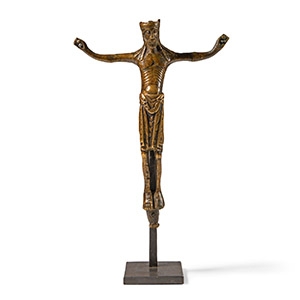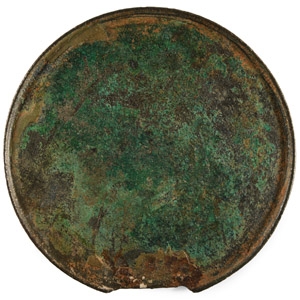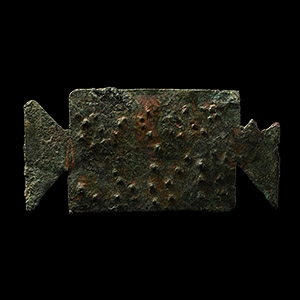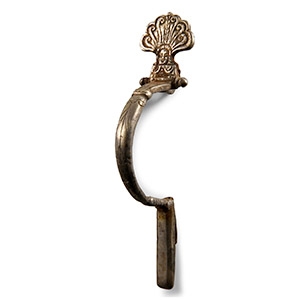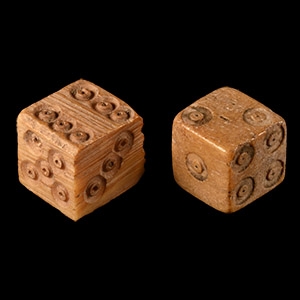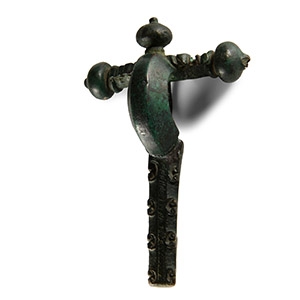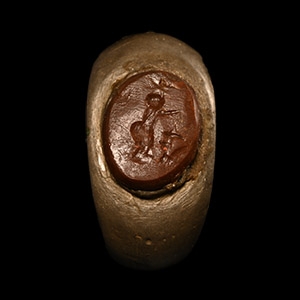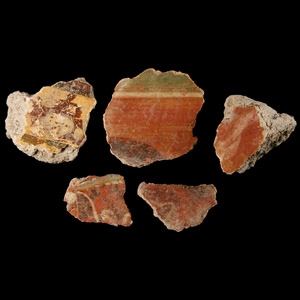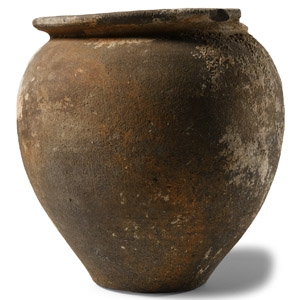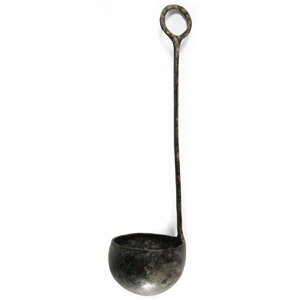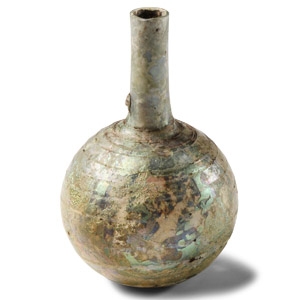Home > Auctions > 5 - 9 March 2024: Ancient Art, Antiquities,
Natural History & Coins
Auction Highlights:
From a collection acquired on the UK art market from various auction houses and collections mostly before 2000.
From an important Cambridgeshire estate; thence by descent.
Cf. The Metropolitan Museum of Art, New York, accession number 74.51.5413, for similar.
Ex German art market, 2000s.
Acquired from an EU collector living in London.
From the collection of Surrey, UK, gentleman.
Cf. Beutler, F. et al., Der Adler Roms. Carnuntum und die Armee der Cäsaren, Bad-Deutsch-Altenburg, 2017, item 68, for a tabula ansata in similar style.
These tabulae ansatae with pointillé decoration were used for votive inscriptions to the gods, offered on the occasion of a vow made during a situation of danger or an invocation of help to the gods. They were often used in the military field. A particularly important example is the one found in Carnuntum dedicated to Jupiter Dolichenus, offered by the centurion Titius Moderatus of the Legio XI Gemina.
Found Cambridgeshire, UK.
Cf. Hattatt, R., Brooches of Antiquity, Oxford, 1987, item 874, for type.
Ex European collection, 1990s.
Ex Den of Antiquity, Cambridgeshire, UK.
Accompanied by a dealer's catalogue information card.
Cf. Hoops, I., Fibel und Fibeltracht, Berlin-New York, 2000, p.105 (516), fig.113, no.5, for similar.
The fibula seems to be provincial type, of Romano-Germanic inspiration. This particularly characteristic fibula shape of the Romano-Germanic army, worn probably by the Germanic mercenaries of the Roman army, appeared in the later 2nd and partly at the beginning of the 3rd century A.D., under a form of large bow brooches with various types of head plates or spiral sleeves.
From the important private collection of dice and gaming pieces of Colin Narbeth, London, UK, collection no.47.
From the important private collection of dice and gaming pieces of Colin Narbeth, London, UK.
with TimeLine Auctions, 19 March 2010, no.546.
Acquired from JS Fine Art, item no.3345.
Property of a Shropshire private collector.
Accompanied by TimeLine Auctions and JS Fine Art lot tags.
Acquired between the 1960s-early 1990s.
From an old UK private collector from Worthing, West Sussex, UK.
Property of K.P., a Cornish lady collector, UK.
Cf. Ruseva-Slokoska, L., Roman Jewellery, Sofia, 1991, item 190, for type.
Acquired in the 19th century.
Ex Jeger collection, Switzerland.
From a collection acquired on the UK art market from various auction houses and collections mostly before 2000.
From an important Cambridgeshire estate; thence by descent.
UK private collection before 2000.
UK art market.
Property of a London gentleman.
Cf. Tassinari, S., La Vaisselle de Bronze, Romaine et Provinciale, au Musée des Antiquités Nationales, XXIXe supplément de Gallia, Paris, 1975, items 40-3, for similar ladles with animal-head finials; cf. also Boucher, S., Inventaire des Collections Publiques Françaises - 17 Vienne: Bronzes Antiques, Paris, 1971, pp.168-169, for similar specimens.
This type of ladle was used for libations of wine to the gods during sacrifices. The shape of the simpulum was that of a small cup, with a single elongated handle. The material of which it was made varied according to the wealth of the altar; there were specimens in silver; some were of brass and others made of wood or terracotta. This simpulum or simpuvium is often found depicted on Roman medals or coins, like a denarius of Augustus (2 B.C.-2 A.D.).
Acquired 1980-2015.
Ex Abelita family collection.
Cf. Whitehouse, D., Roman Glass in the Corning Museum of Glass, vol.3, New York, 2003, item 1139.
565 - 576 of 2726 LOTS

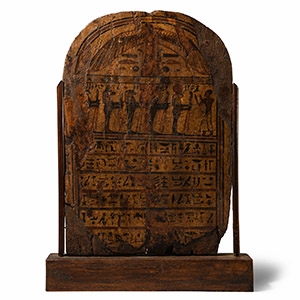
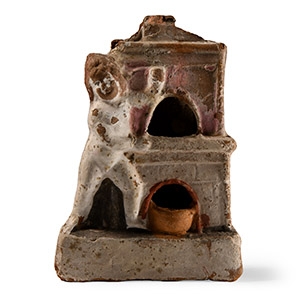

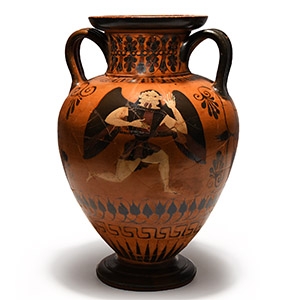
.jpg)
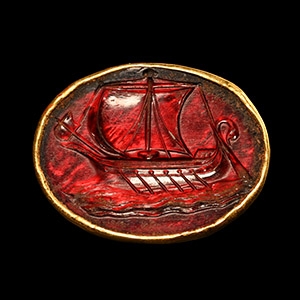
.jpg)

.jpg)
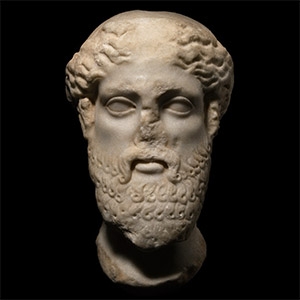
.jpg)
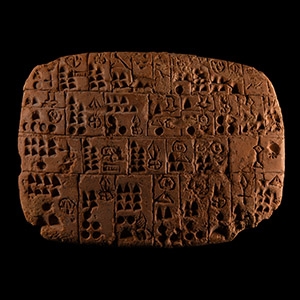

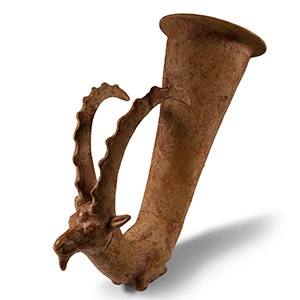
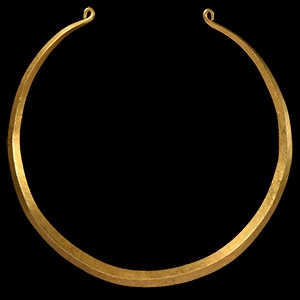
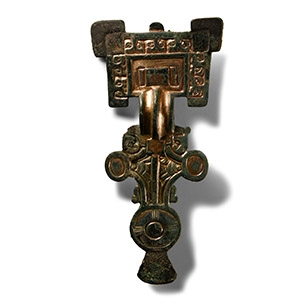
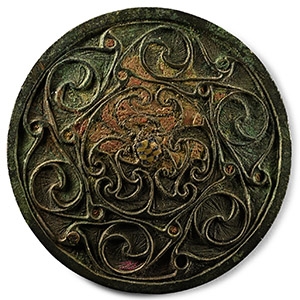

.jpg)
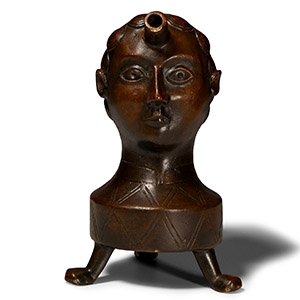
.jpg)

.jpg)
